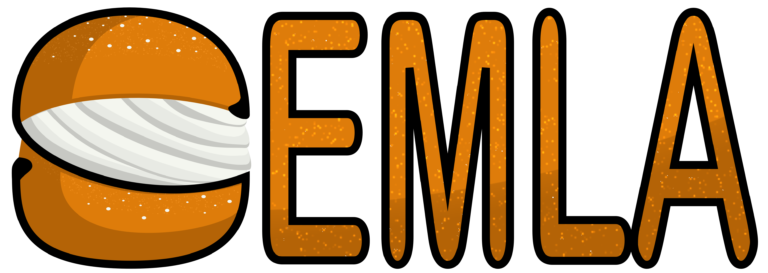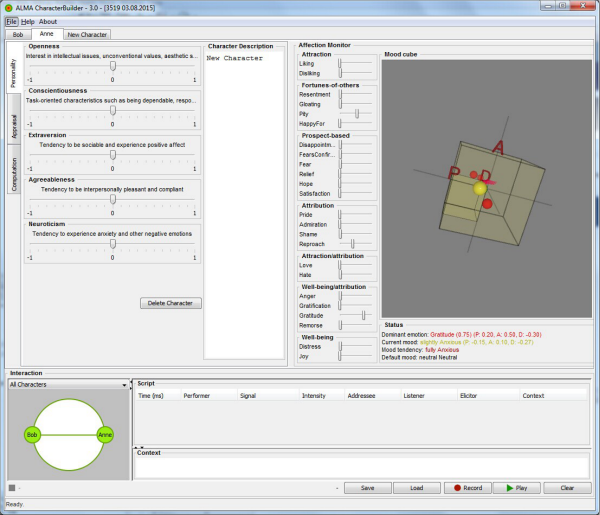Here is a list of the software developed internally and used for our research.

SEMLA (Secure Machine Learning Architecture) is an An On-Premises Trusted Research Environment for AI-based R&D with Sensitive Personal Information.
With SEMLA we develop a demand driven infrastructure to be able to work with extremely sensitive personal data in research projects.
SEMLA uses six sensitivity classes to classify the data and apply corresponding technical and organizational measures (TOMs), ranging from open accessible public data without any restrictions to extra sensitive personal data that can only be accessed from strongly restricted offices.

MMS Player is an open source Blender add-on for the procedural animation of Sign Language avatars.
MMS Player is the first implementation of an MMS realizer. MMS stands for “Multimodal Sign Stream”, and it is a machine-and-human-readable format to represent sign languages.
The MMS Player is able to read an MMS file and produce a SL animation in different formats (MP4, FBX, BVH, JSON animation data, blender scene).

ALMA: A layered model of affect. It takes short (Emotions), middle (Moods) and long term (Personality) factors into account and providing the possibility to do real-time simulation of affect in interactions.

YALLAH (Yet Another Low Level Agent Handler)
The goal of YALLAH is to allow 3D content creators to generate, customize, animate, dress, and deploy a virtual human in a Game Engine in a few hours of work.

RecSyncNG is a video recording app with sub-millisecond synchronization accuracy for multiple Android devices, useful for creating affordable and easy-to-setup multi-view camera systems for robotics, SLAM, 3D-reconstruction, panorama stitching.

Visual SceneMaker is a tool allowing non-programming experts to model verbal and non-verbal behavior of Virtual Characters and robots.
HUMAN is an annotation server that stands for:
- Hierarchical: Supports annotation of hierarchical data. This makes it easy to annotate instances (e.g. online comments) together with their context (e.g. the thread of comments a comment was posted in).
- Universal: Handles both textual data with and without context as well as PDFs and image annotation.
- Modular: Various question types (labeling questions, multiple-choice, yes-no, setting bounding boxes etc.) that are self-contained and can be arranged in any order needed. This also makes it easy to implement new custom question types and features.
- ANnotator: Comes with an easy to use GUI interface for your annotators and project manager.
